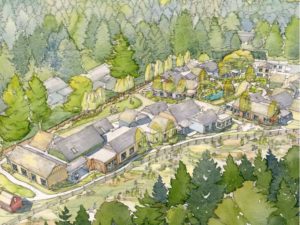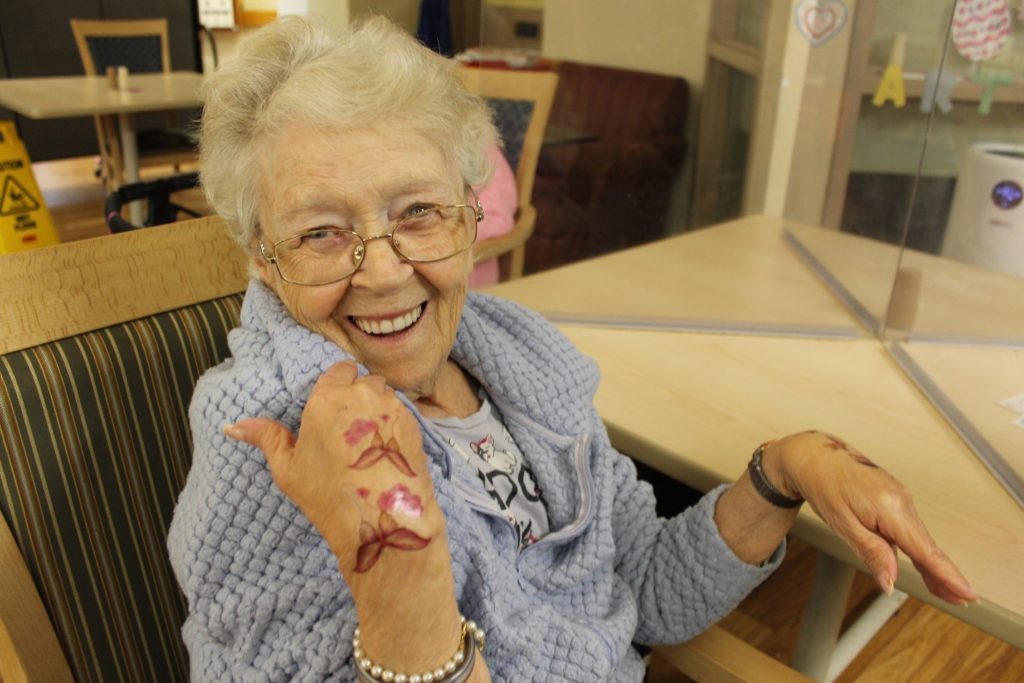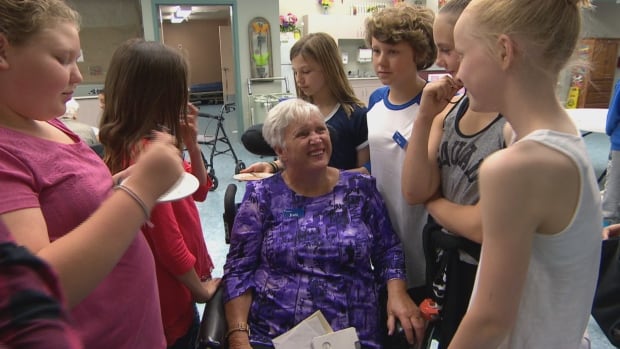
One of the three Colour It Your Way long-term care homes in Grey County
On October 25th, CARP Ottawa’s Advocacy Group on Long-term Care and Family Councils Ontario, co-hosted a webinar featuring Jennifer Cornell, Director of Long Term Care, Grey Gables, Lee Manor, and Rockwood Terrace Care Communities, Grey County. Jennifer shared the story of Grey County’s Long-Term Care culture change journey through the power of creating a shared purpose. Their ‘Colour It Your Way’ journey was 10 years in the making and has become an ongoing journey.
Their journey addressed many aspects including vision, purpose, care approach, leadership coaching, staff support and training, and the list goes on. Jennifer also spoke with enthusiasm about a new redevelopment project for their long-term care homes and looking into smaller size of units. Click here to learn more.
Changing ‘institutions’ to ‘homes’ is happening in Ontario, Canada, and beyond. Please join us as Champions for Change in Long-term Care Now by forwarding this post with your contacts, MP, MPP, and city councillor.











